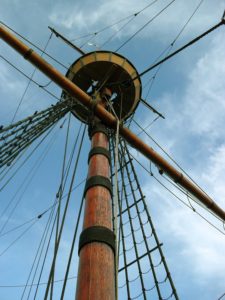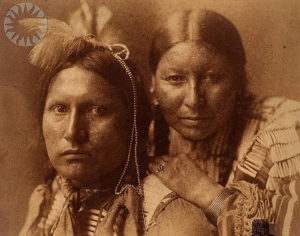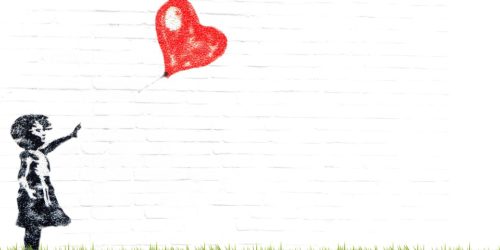Overcoming Myths and Mistakes in Your Family History
Years ago, I was working on some of my New England genealogy with my cousin. One of the things I was proud to relate to others about my family history was that we were Mayflower descendants. And then the “unthinkable” happened: my cousin, who was a more experienced and careful researcher than I, sent me an email saying that we might not be Mayflower descendants after all. I remember my first reaction was, “I really hope he is wrong about that!” But it turned out he was right: we had confused one of our ancestors with another person of the same name, who was the real Mayflower descendant, and he had documented the proof.
proud to relate to others about my family history was that we were Mayflower descendants. And then the “unthinkable” happened: my cousin, who was a more experienced and careful researcher than I, sent me an email saying that we might not be Mayflower descendants after all. I remember my first reaction was, “I really hope he is wrong about that!” But it turned out he was right: we had confused one of our ancestors with another person of the same name, who was the real Mayflower descendant, and he had documented the proof.
To make things worse, now we had a “boatload” of ancestors who really weren’t our ancestors. I remember the pain I felt of lopping those branches of our tree, where a famous lineage had stood. But soon I came to realize that it’s more important to be right than famous (although sometimes you’re both!)
The takeaway for me: documenting sources and not jumping to conclusions can save a lot of time and effort in research.
Indian Legends
This is a tale of two friends, both with traditions of Native American ancestry in their families. Both had told me that they were having a hard time pinning down that elusive person in their tree. So the legends went on for years, until DNA testing came to the rescue.
told me that they were having a hard time pinning down that elusive person in their tree. So the legends went on for years, until DNA testing came to the rescue.
My first friend saw her ethnicity results and realized there was little chance of being descended from Native American ancestors. It was a bit of a disappointment but a useful reality check.
My second friend was actually a bit surprised when the results came in: she indeed appeared to have Native American ancestry on her mother’s side, and that opened up some new avenues for research. While DNA enthicity estimates are just that … estimates … they can be useful tools, along with information from DNA Matching and DNA Circles.
Exploding Myths
The Family History Guide has links to several videos that can help us overcome family history myths:
- BYU: Don’t You Believe It! (24:10)
Check them out when you have a chance!
Avoiding Common Mistakes
Often, family history myths or other problems are passed down because of smaller, common mistakes in research. Learning to recognize and avoid them can be very helpful for all of us.
To learn about some common mistakes that genealogists make, and how to avoid them, check out Project 4: Discover, Goal 6 in The Family History Guide. Then start at Choice A, and here are some of the common mistakes you will find mentioned:
- Collecting ancestors, without verification or sources
- Incorrectly identifying ancestors
- Trying to connect with a person in the past by going forward in time
- Not recording what you find
- Not looking for siblings of ancestors
- Skipping generations or including a generation that is too short
There are also links to helpful videos and articles in Choice A:
- Common Mistakes in Genealogy, Part 1 (22:46)
- Common Mistakes in Genealogy, Part 2 (26:54)
- Preconceived Notions (29:05)
- Mistaken Identity (Genealogy.com)
… and in the Family History Basics section of the Vault.
Enjoy, and may your genealogy journey be myth-free and mistake-resistant!






This is all so true. For years our family myth was that we were Welsh, Irish. Turns out, it was only half true. We are Welsh, Scottish thanks to a DNA discovery.